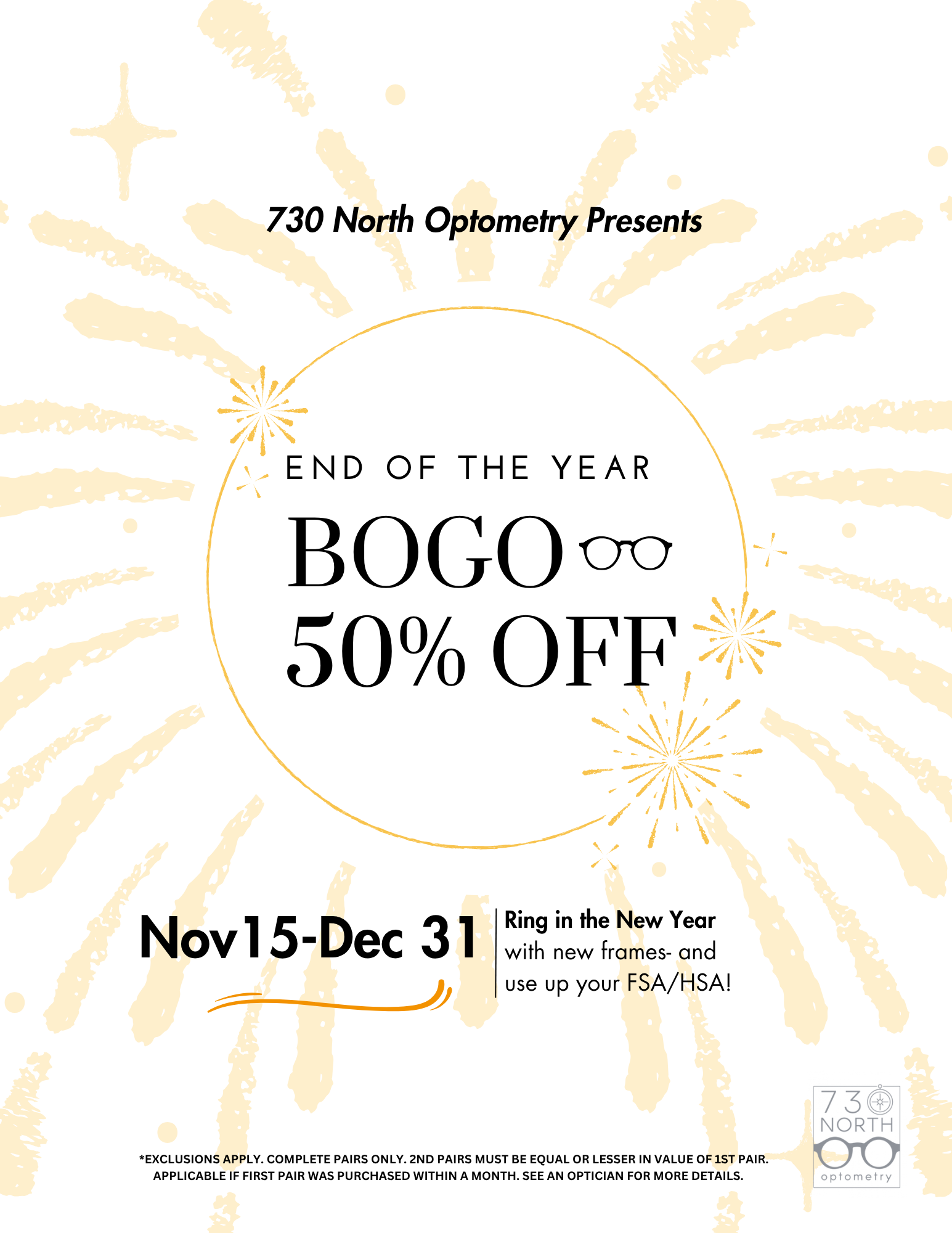
Myopia, customarily referred to as nearsightedness, affects millions globally. It occurs with an overly long eyeball or an abnormally curved cornea, either of which causes light to focus in front of the retina instead of on it. The result is blurry distance vision. Glasses have long been the standard approach to managing myopia, but other options are worth exploring.
Orthokeratology (Ortho-k)
Ortho-K is a noninvasive treatment that uses specially designed contact lenses to reshape your cornea while you sleep. They apply mild pressure to the front of your eye, slightly flattening the cornea.
This corrects myopia and improves vision. Ortho-K lenses must be worn every night to maintain their effect. Studies have shown that ortho-k can slow the progression of myopia, making it a popular choice for children.
Multifocal Contact Lenses
Multifocal contact lenses are another option for managing myopia. They provide clear vision at multiple distances, much like progressive lenses in eyeglasses. Multifocal contact lenses can help slow the progression of myopia by reducing your eye’s focusing demands. They are available in soft and rigid gas-permeable materials and can be prescribed for children and adults.
Atropine Eye Drops
Atropine eye drops are a medication that dilates the pupil and relaxes the eye’s focusing muscles. This reduces the eye’s focusing demands, slowing the progression of myopia. Atropine eye drops are typically prescribed for children. Studies show they can effectively reduce myopia progression by up to 50%.
Behavioral Changes
Behavioral changes, such as spending more time outdoors and taking regular breaks from close work, can help manage myopia. Studies have shown that spending at least two hours a day outdoors can significantly reduce the risk of myopia development and progression. Taking frequent breaks from close work can minimize eyestrain and eye fatigue that contribute to myopia progression.
Myopia Control Lenses
Myopia control lenses, also known as myopia control spectacles, are eyeglass lenses that incorporate special optical designs to reduce the eye’s focusing demands. These lenses can slow myopia progression and are typically prescribed for children. Available in single-vision and progressive designs, myopia control lenses can be prescribed for both nearsighted and farsighted individuals.
Scleral Contact Lenses
Scleral contact lenses are a type of large lens that arches over the cornea, resting on the sclera. This is the white part of your eye. Scleral lenses can help manage myopia by providing clear, stable vision and reducing the eye’s focusing demands. They are typically prescribed for more severe cases of myopia. They can also help manage other conditions, such as keratoconus.
Final Thoughts
While glasses have long been the standard approach to managing myopia, other options are worth exploring.
To recap, the following can help slow the progression of myopia and improve vision:
- Ortho-k
- Multifocal contact lenses
- Atropine eye drops
- Behavioral changes
- Myopia-control lenses
For more on myopia management approaches beyond glasses, visit 730 North Optometry at our office in Libertyville, Illinois. Call (847) 362-9900 to book an appointment today.








